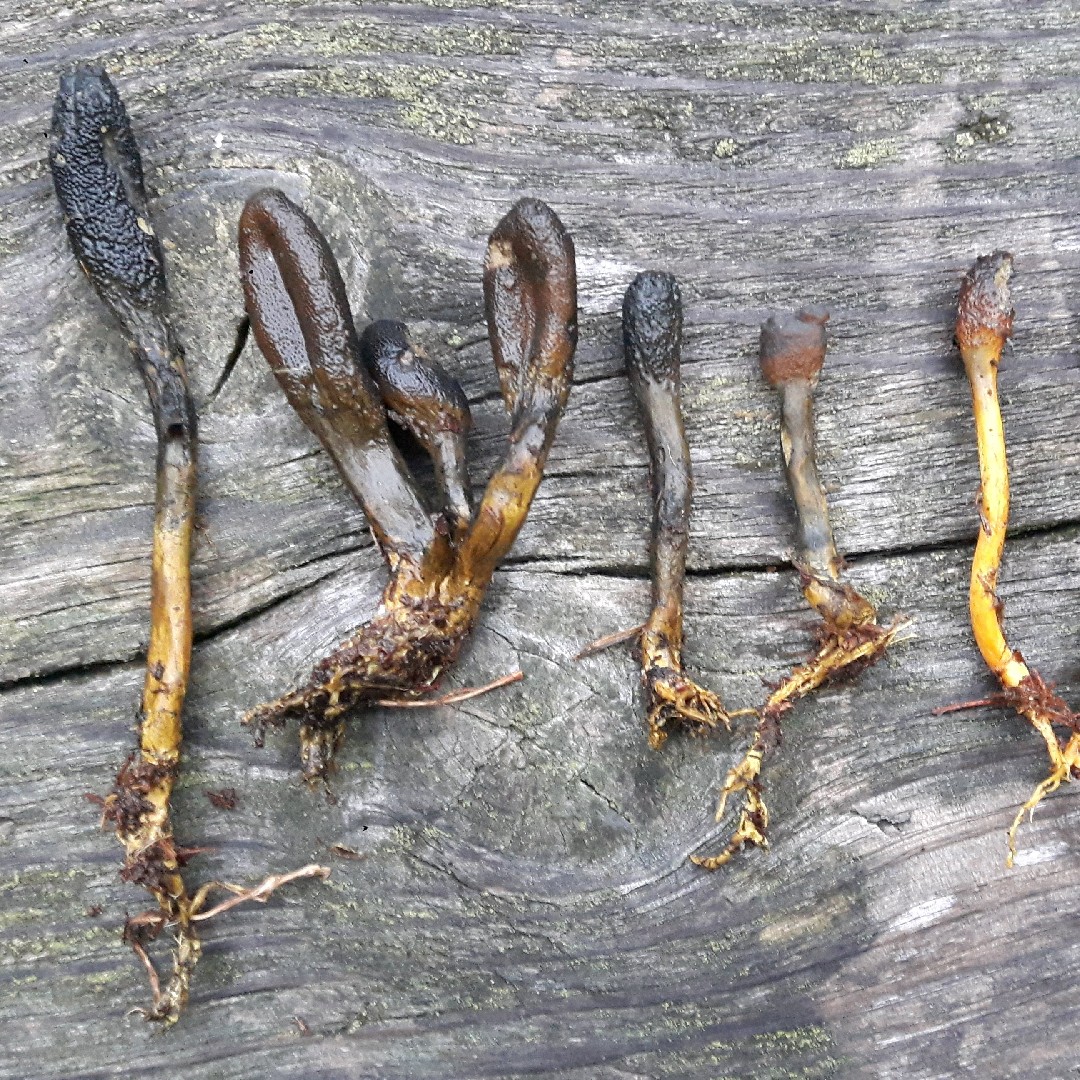Ophiocordycipitaceae
Nome científico: Ophiocordycipitaceae
Ophiocordycipitaceae
Nome científico: Ophiocordycipitaceae
 Photo By Brain Johnson
Photo By Brain Johnson Descrição
A família de fungos parasitas ophiocordycipitaceae contém espécies parasitas de insetos, ácaros e nemátodes. Como esses fungos colonizam e eventualmente matam seu hospedeiro, muitas vezes depois de terem causado mudanças dramáticas em seu comportamento, há otimismo na comunidade científica de que eles podem ser desenvolvidos para uso como pesticida natural.
Espécies de Ophiocordycipitaceae

 Photo By Brain Johnson
Photo By Brain Johnson